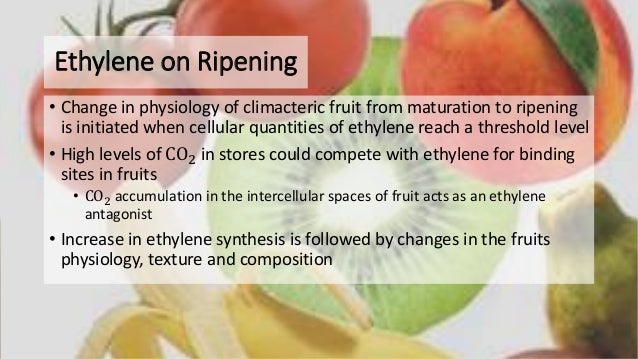Artificial Ripening Of Fruits Pdf

Orchidaceae Temporal range: 80 mya – Recent From 's Kingdom: Division: Class: Order: Family: Orchidaceae Subfamilies • • • • • The orchids are a large family of, the Orchidaceae. There are between 22,000 and 26,000 in 880. Msi Wrapper Keygen Software here. They make up between 6–11% of all. Orchids can be found in almost every country in the world except for.
People have grown orchids for a great number of years. They grow orchids for show, for science, or for food (for example, ). Some orchids have very special ways of. For example, the can trap and make them pollinate the flower. Another instance is the Austrian orchid, which grows underground and is pollinated. Contents • • • • • • Distribution [ ] and have many different species. The Atlantic has over 1500 species.
The tomato (see pronunciation) is the edible, often red, fruit of the plant Solanum lycopersicum, commonly known as a tomato plant. The plant belongs to the. A pungent, colorless liquid acid that is the primary acid in vinegar (vinegar is 5% acetic acid). Acetic acid is what makes vinegar sour. Use of Calcium Carbide for Artificial Ripening of Fruits. -Its Application and Hazards. Bhattarai and Kshitij Shrestha. E-mail: ukbhattarai21@hotmail.com. A review of different articles related to artificial ripening was done. Focus was given on the hazards and applications of calcium carbide for artificial.
Other places with great variety are the mountains in the south of the Himalayas in and. Download Free Software Last Chaos German Setup Ooma. The mountains of and southeastern also have various species, especially the of. Ecuador has 3459 species, the greatest number recorded.
After Ecuador is Colombia, which has 2723. After Colombia is New Guinea, 2717 and, which has 2590 species in all. In warm places, where there is much, or in places where there is dry and fields, orchids grow in the ground. They have firm underground roots, and sometimes have tubers to help protect themselves against cold. The tubers also help protect them against long.
The cold would freeze the roots if they were not protected to store the they need for blooming in the. It is thought that some species are becoming in the wild. This is mainly because people cut down for.